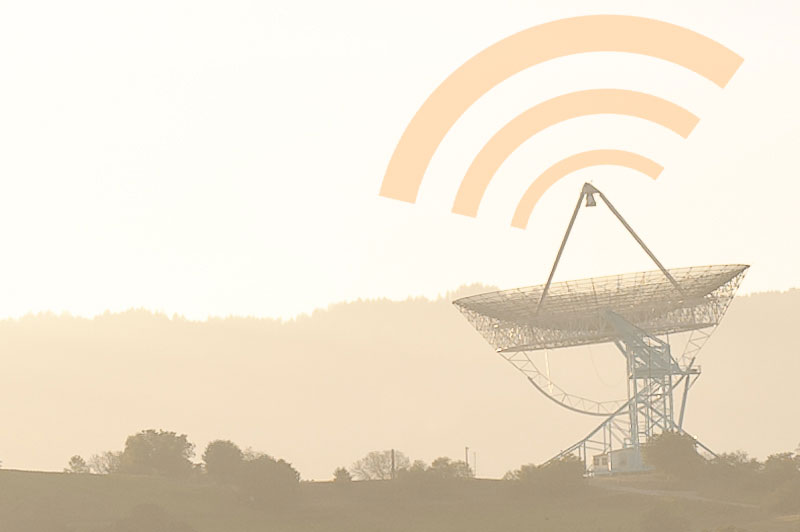Let’s talk about climate change
Communicating Science and the Environment, a course in the Program on Writing and Rhetoric (PWR), seeks to educate future environmental communicators while providing material for California GOV. JERRY BROWN’s effort to engage the public on climate change and other environmental issues. Students in the winter quarter sophomore course recently wrapped up a video project in which they interviewed prominent scientists around the country – all of them fellows with the Stanford Woods Institute for the Environment’s Leopold Leadership Program – about urgent environmental issues. The videos will soon be posted on the California Governor’s Office of Planning and Research website.
“We are struggling with how do we talk about climate change,” KEN ALEX, a senior policy adviser to the governor, said during a recent class session. “Unless your generation and the rest of us get our act together, we’re in big trouble.”
In the syllabus, instructor and PWR Lecturer CAROLYN ROSS asks, “How can ‘translators of science’ most effectively communicate complicated science to the public?” The students’ answers, in the form of 2-minute videos, ranged from stunning imagery and bracing dialogue to humorous hand-drawn animations and specially composed music.
“We have no choice but to deal with it,” former Woods Social Science Research Fellow SUSI MOSER says of climate change in one video. Moser likens the situation to the Titanic – too much momentum in the wrong direction. “We’ll at least scrape the iceberg in a really bad way.” Still, Moser and the other scientists interviewed repeatedly point the way to solutions from composting to price-competitive, desirable low-emissions products.
For students JANHAVI VARTAK and BEN ROSELLINI, the videos are messages of hope in an often doom-and-gloom media landscape. “It helped me with my feeling of helplessness,” Vartak said. “We’re actually doing something with this,” Rosellini added. “Solutions don’t have to be these huge drastic things that no one wants to do,” fellow classmate FRANCES BALL said. Alex concurred, telling the students, “Yes, there is hope, and I’m glad you’re thinking in that way.”
After a recent class, Alex said he could envision the students’ videos featured on a YouTube channel or on TED-Ed, an online educational effort run by TED. “Everyone we’ve talked to has thought about it, or thinks it’s a great idea.”
—ROB JORDAN, Stanford Woods Institute for the Environment

